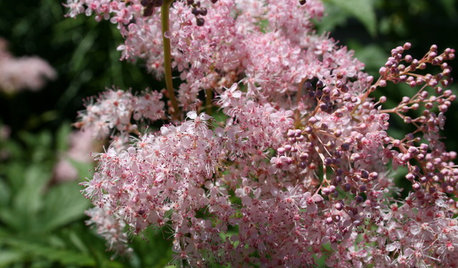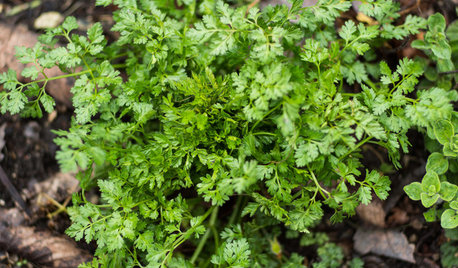Eggs Discovered on House Plant
itsmekarak
11 years ago
Related Stories

GARDENING GUIDESGreat Design Plant: Discover Queen of the Prairie's Sweet Aroma
If you like the look of cotton candy and the smell of roses and want an easy perennial, you're in luck with this plant
Full Story
HOUZZ TOURSDiscover a Hobbit House Fit for Bilbo Baggins
Part art studio, part guesthouse and all charm, this imaginative Colorado cottage looks like it grew right out of the earth
Full Story
MATERIALSDiscover the Bohemian Beauty of the Turkish Peshtemal
Lightweight and thin yet super absorbent, the traditional bathhouse towel finds uses throughout the house
Full Story
LANDSCAPE DESIGNHow Low Can Hedges Go? Discover Unusual Garden Borders
Short enough to step over, high enough to be a stretch ... check out these radically different hedge styles and tell us your opinion
Full Story
EDIBLE GARDENSHerb Garden Essentials: Discover Delicate Chervil
Go beyond the tried-and-true edible herbs and try this nonconformist that's surprisingly easy to grow
Full Story
ARCHITECTUREDiscover Modern Architecture's Appeal
Do modernism's 'cold' expanses make you hot under the collar? This reasoning may change your mind
Full Story
DINING ROOMSDiscover Your Dining Table Style
To pick the right dining table, you need to match it to your personality as well as the look of your dining room. These identifiers can help
Full Story
GREEN BUILDINGEasy Green: Discover the Appeal of 'Ecovillages'
Communities devoted to sustainable living are catching on across the U.S., with shared resources and a neighborly approach
Full Story
HOLIDAYS16 Creative Ways to Hide Easter Eggs
Crack of dawn on Sunday not your ideal thinking time? Just follow our creative egg-hiding ideas and pretend Peter Cottontail did the work
Full StorySponsored
Your Custom Bath Designers & Remodelers in Columbus I 10X Best Houzz
More Discussions










plantsaremylife_grow
Dzitmoidonc
Related Professionals
Maple Valley Landscape Contractors · Blue Springs Landscape Contractors · Cary Landscape Contractors · Conroe Landscape Contractors · Coram Landscape Contractors · Fort Worth Landscape Contractors · Hicksville Landscape Contractors · Hurricane Landscape Contractors · Lemay Landscape Contractors · Manhattan Landscape Contractors · Midland Landscape Contractors · Post Falls Landscape Contractors · Ridgewood Landscape Contractors · Rosemount Landscape Contractors · Suisun City Interior Designers & Decoratorsaharriedmom
Tiffany, purpleinopp Z8b Opp, AL
tapla (mid-Michigan, USDA z5b-6a)
Dzitmoidonc
birdsnblooms
tapla (mid-Michigan, USDA z5b-6a)
Dzitmoidonc
tapla (mid-Michigan, USDA z5b-6a)
stewartsjon
tapla (mid-Michigan, USDA z5b-6a)
Dzitmoidonc
tapla (mid-Michigan, USDA z5b-6a)
Dzitmoidonc
rhizo_1 (North AL) zone 7
tapla (mid-Michigan, USDA z5b-6a)
rhizo_1 (North AL) zone 7